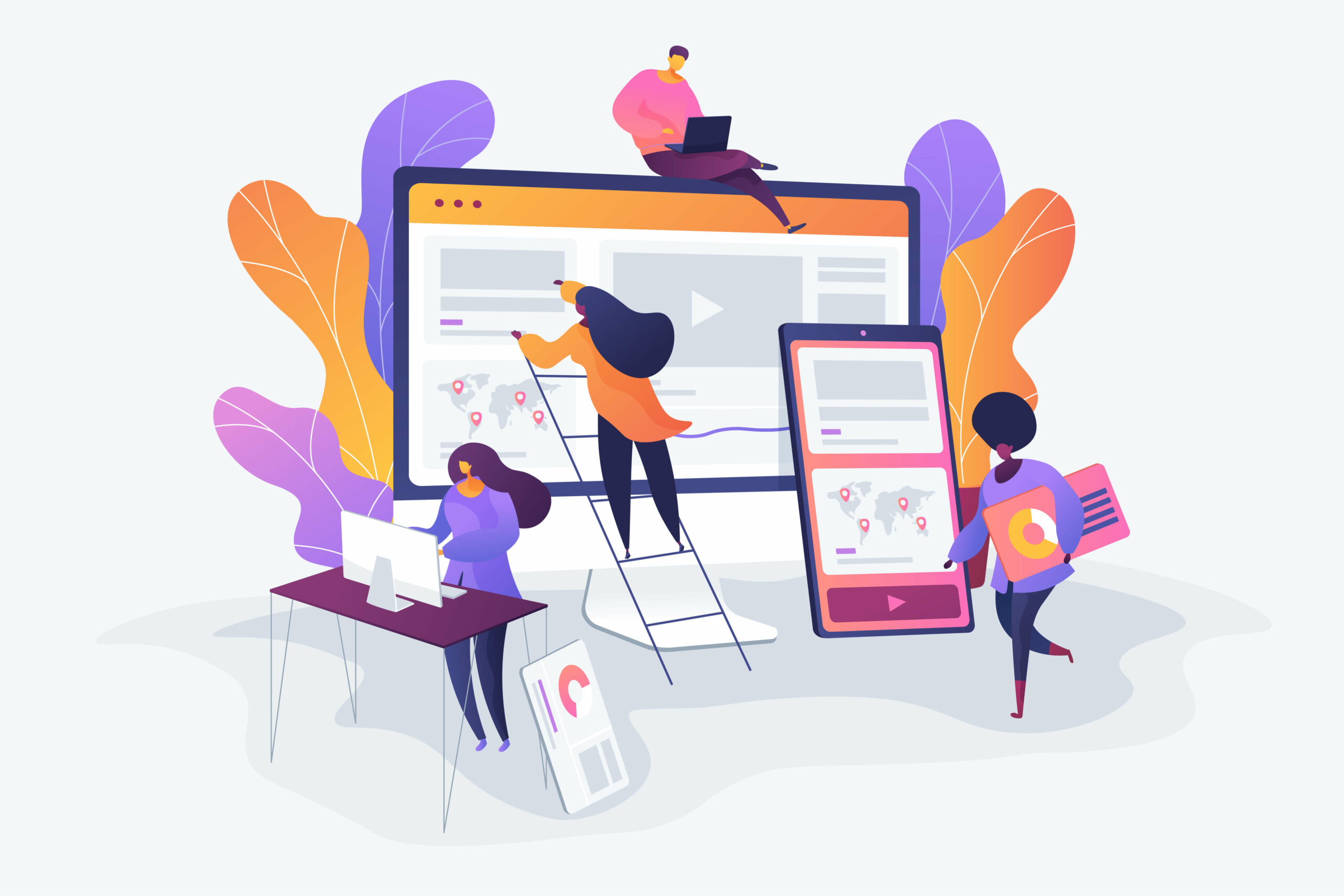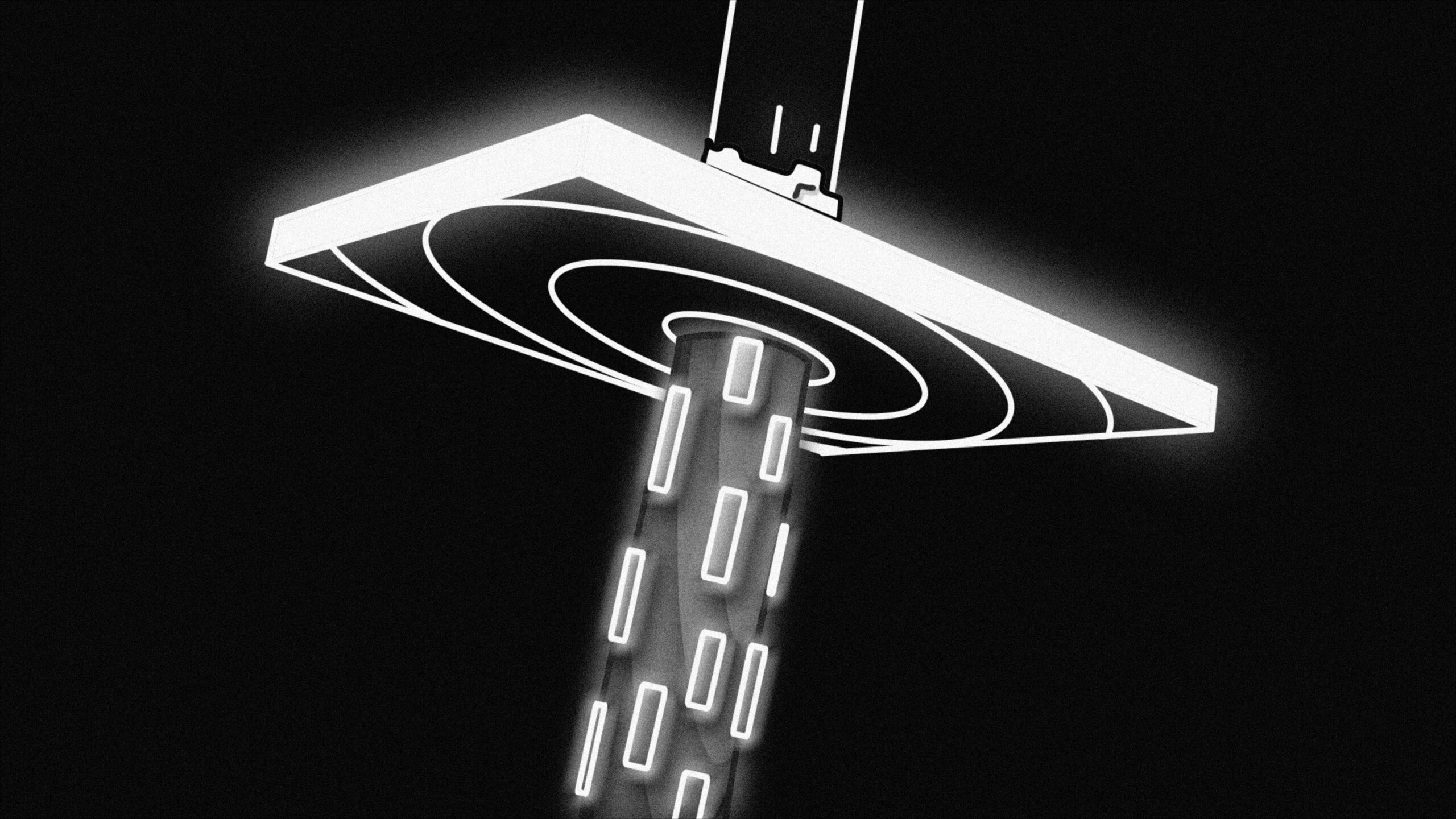Hello, my name is Hugo and I am a UX Designer
But what is UX* Design?
No seriously, what is UX Design? I am not asking you this question because I don’t know what I am currently doing all day but because it seems as though every time I walk into a place, I hear a new definition of UX Design.
And it’s not a bad thing, not at all. After all, our work is a bit tough to understand and still a “young” field in constant evolution, sometimes at too rapid a pace to be able to properly keep up.
And if I, who work all my day in the field, sometimes have hard time clearly understanding what it is all about, how can I blame others for not seeing the entire picture?
Do not mistake yourself, I did not say that I am a crook because I am not sure of what is really UX. I just try to say that I am still learning every day new things on my job. And I hope it will be like this all my life.
Now that we have gotten this out of the way, can we try to agree on at least a few basic things?
*For the sake of simplicity and to make it easier for people who don’t work in the field to understand, I am going to use UX –a relatively well-known term — to refer to UX Design, but it is not necessarily the best nor the proper name for this domain.
UX Design is not Art
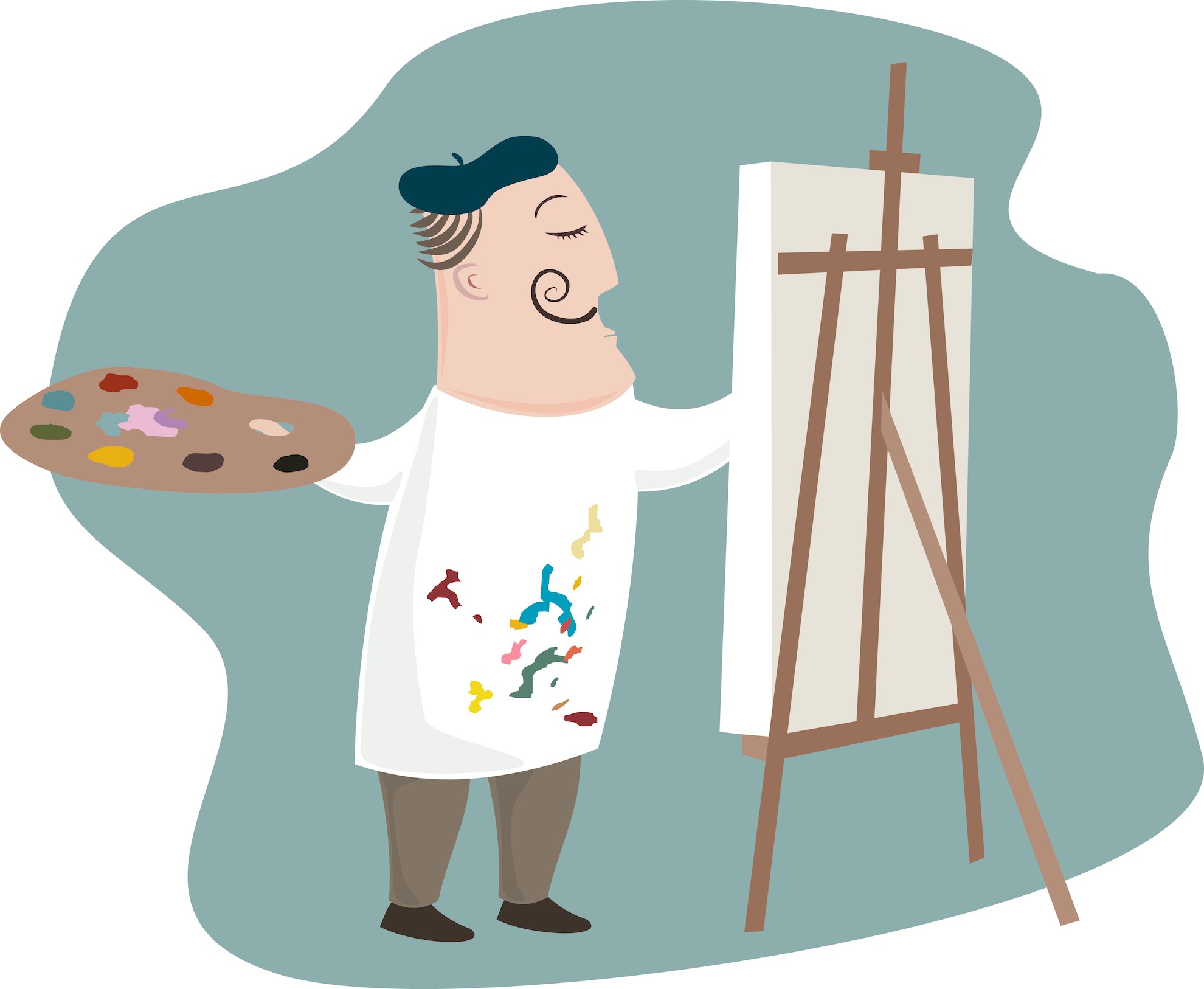
Did I mention that I am French? If you were to hear me speak, I can assure you that you would catch on to that fact rather quickly. Why am I telling you this? Because in France, we have a tendency to use English words — a lot of them! — to refer to certain things or concepts (I think, Quebec is a better destination for you if you want to speak French).
Such is the case for the word “design”. We use it to refer to all kinds of things but mostly to define the action of creating a visual and concrete medium.
While our use of the word isn’t too far from its English definition, we forget one little thing: the act of designing is to conceive something. In fact, Cambridge Dictionary defines design as “the way in which something is planned and made”.
Why am I boring you with all of this? Because French people are not the only ones who tend to forget this meaning!
And it is on this particular definition of design that UX Design is entirely based.
Our job is not to just create a beautiful screen. Our job is to think about how it will work and how to make all the pieces fit together. Improve positively the journey of users is the assigned mission. The better we execute that, the less the users will be able to notice all the small elements that have been designed to guide, delight and prevent them from running into trouble. And the more successful we are, the better the results for your business will ultimately be.
So in a few words:
Our job is done when users do not notice… our job.
All of this takes place a long time before we even begin to think about the external appearance of our work. Why? Because it is easier to think of a thing before actually making it, obviously.
And also, let us consider what would happen if we were to create something beautiful, but then make it as hard to use as, say, a can opener (I really hate these things). It would be like cooking a beautiful cake with mud and dirt: it’s pleasant for eyes, but do not try to eat it.
Let’s take the cake analogy a bit further. Bakers want to create eye-catching cakes to display in their store windows to attract potential clients. But what clients are really looking for in the end is for a tasty dessert that will make them come back for more. Therefore, a cake should only be decorated once a baker is sure that their creation is absolutely delicious.
What does it all mean for a UX Designer? Creating esthetically pleasing screens are important to make users want to use your products, but doing so is not the role of UX Designers.
Therefore, it must be undertaken not at the beginning, but at the last stage of conception only.
So, please stop asking us to create a “good looking end product”; we promise you we will get there, but you need to let us figure out how your users want to do their actions first.
UX Design is not just about making ergonomic things
Now that we agree on what UX Designers do, how do we actually get around to successfully doing it?
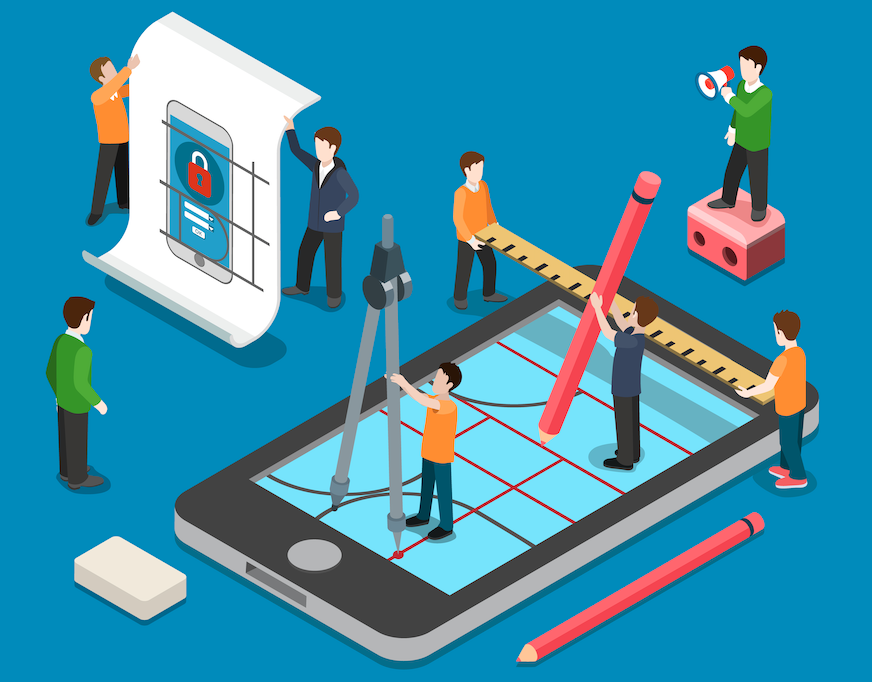
From a client’s point of view, often, prototyping is the only stage that exists. But for UX Designers, there exists many steps to follow, with prototyping being only the last one of them*.
The prototype is the way we present our work to the clients and users.
*I am aware that a testing phase often follows prototyping. However, I believe that you need to test at every stage of your process, not simply when your prototype is ready.
To make it happen, we need to pass through two important steps:
- Immersion: we empathize with our problem, we try to understand what the users see, feel and experience.
- Ideation: we collaborate with stakeholders to explore possible solutions before narrowing down on the ideas to move forward with.
As you can see, the UX Design process starts a long time before it is even possible to draw up a prototype or choose the color of a button. So, if you call on an UX Designer simply to ask them to verify if everything is at the right place on a screen, they will do it. After all, it is part of a UX Designer’s job.
But for me, it is like asking “Can I open this can with a bazooka?”. Yes, you can. But it is probably a bit too excessive and you should use a more appropriate tool or resource instead.
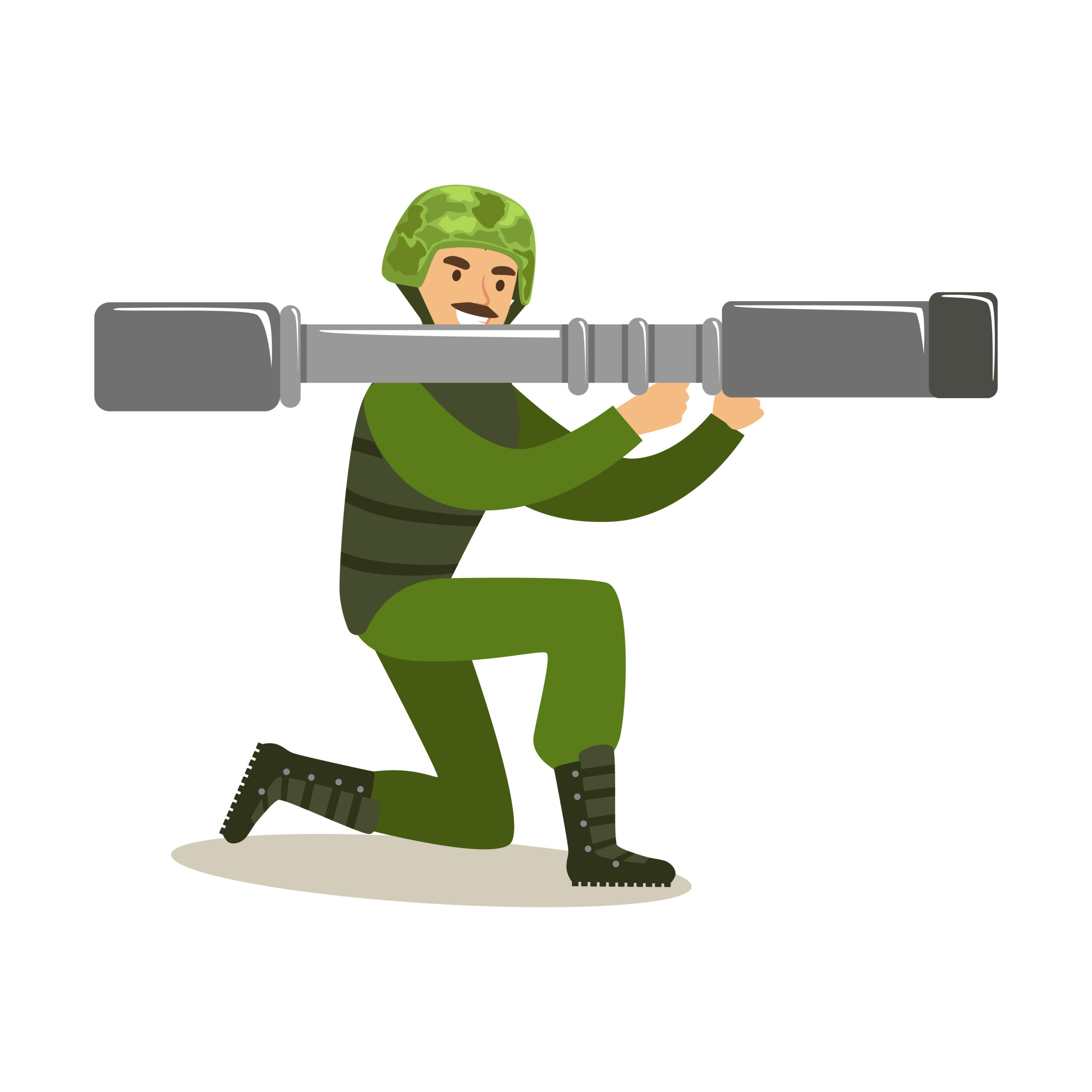
To fully use a UX Designer’s skills, try to contact them when you have identified a need, or even when you have an intuition that something could be improved. You probably think a Designer shouldn’t be called upon that early on as nothing is settled and that, as such, they will have nothing to design…
But wait! Do you remember what I told above?
UX Design is not just about conceiving screens; UX Design allows you to build good processes by taking into consideration your actual and/or future users. UX Design is a way to conceive something that can really be useful to your clients.
This is your goal, right?
Thank you for reading!
This article was more a way for me to express feelings and thoughts that I have had — and still often have — after hearing clients repeatedly tell me the same things. I have already started writing an article that will delve deeper into one of my recent works, which I am hoping to release in a few weeks. Stay tuned!

